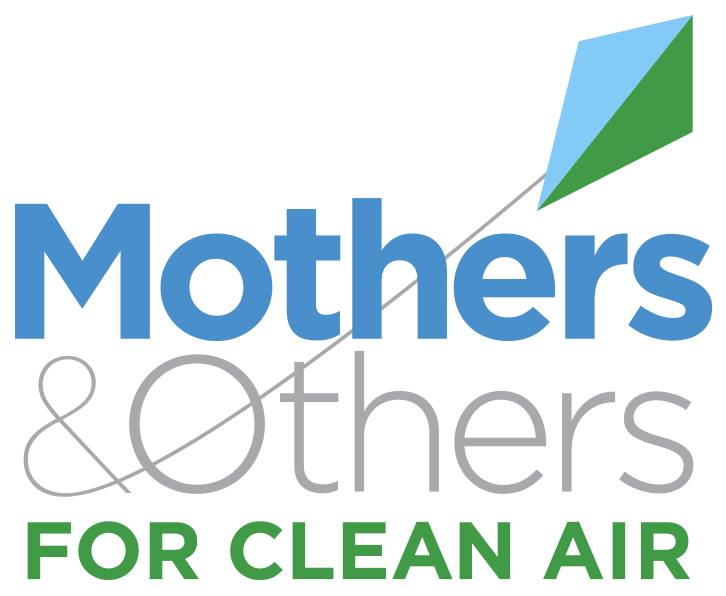The current study adds to the literature linking environmental pollution and disparities in educational outcomes among vulnerable populations by measuring variations in school performance scores in East Baton Rouge (EBR) Parish, Louisiana. The authors ask whether the unique, place-specific, results of a study such as the 2004 study by Pastor, Sadd, and Morello-Frosch, specifically the finding that schools' academic performance scores are negatively related to proximity to major polluters, can be made somewhat more "general" by examining a similar relationship in another location. The authors closely approximate the model and methodology used by Pastoret al.and then respecify that model by including new independent variables with a particular focus on alternative and more nuanced measures of proximity to polluters as indicators of potential human exposure. Furthermore, they analyze the relationship between proximity and achievement in terms of disproportionate effects on human capital experienced by vulnerable populations. The findings provide evidence of "environmental ascription," the idea that "place" (especially, attending school in polluted places) has ascriptive properties. The authors find that, all else equal, their several measures of proximity (to Toxics Release Inventory facilities in general, to high concentrations of toxic emissions, and to high-volume polluters of developmental neurotoxins) are significantly related to school performance scores throughout EBR Parish. © SAGE Publications 2011.
Published Dec 20, 2011
Lucier, C., Rosofsky, A., London, B., Scharber, H., & Shandra, J. M. (2011). Toxic Pollution and School Performance Scores. Organization & Environment, 24(4), 423–443. https://doi.org/10.1177/1086026611430853
